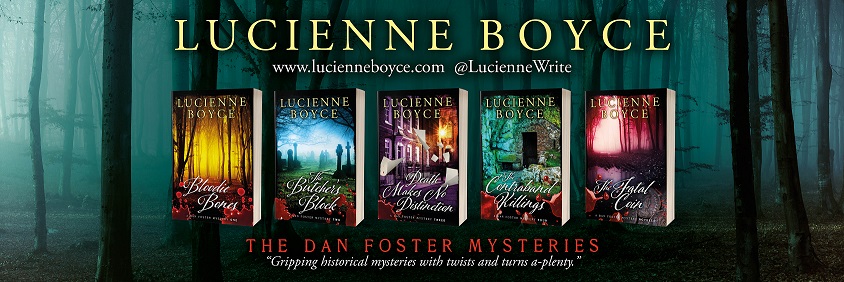It’s been a women-history themed month for both my non-fiction and fiction
reading with Wendy Moore’s Endell Street: The Trailblazing Women Who Ran World
War One’s Most Remarkable Military Hospital and Old Baggage by Lissa Evans.
Endell Street: The Trailblazing Women Who Ran World
War One’s Most Remarkable Military Hospital, Wendy Moore (Atlantic Books, 2020)
This is a fascinating and well-written account of the work of doctors
Flora Murray and Louisa Garrett Anderson who treated war casualties during the
First World War, first in France and then in London where they established the
military hospital at Endell Street. The women had both been active in the
militant suffrage campaign – Louise Garrett Anderson had spent a month in
Holloway for window breaking.
It’s a remarkable and inspiring tale of how the women and their
all-female staff overcame prejudice against women doctors and medics – for
example, that men would not wish to be treated by women, that women couldn’t
perform the surgery required by the wounds they encountered, that they couldn’t
actually run a military hospital. They not only made a success of their
enterprise, but pioneered new treatments and won such a reputation that wounded
soldiers requested hospitalisation there.
It’s also a frustrating reprise of the story of how once women are no longer of use to the male establishment they are dismissed and sidelined. Teaching hospitals that had met the war-time demand for doctors by admitting women students suddenly discovered that women couldn’t do medicine after all and closed their doors to them. Women doctors, it was realised, were suitable for posts in children’s and birth clinics, but quite incapable of taking high-paid jobs as consultants or surgeons.

The Library at Endell Street Hospital
Unjust as this is, the idea that women profited from the war has always made me queasy – that
other familiar tale of how their status and position improved because they were
willing to assist in the slaughter hasn’t ever appealed to me very much –
especially since it’s patently obvious that actually no matter how much they played
along with militarism it ultimately didn’t get them anywhere. The backlash was
bitter and long-lasting, and women in all areas of war time employment found
themselves surplus to requirements when the war-time emergency ended.
This is a wonderfully written and evocative book. It brings Endell Street
to life with its routines, personality clashes, the heroic work of the women to
save the men entrusted to their care. The people – the doctors, librarians,
patients – are vividly brought to life. It is both authoritative and readable. A great read.
Find out more at Wendy Moore’s website.
Old Baggage, Lissa Evans (Black Swan, 2018)
Recently I did a
talk on writing historical fiction and non-fiction and someone asked me if had
ever thought of writing fiction about the suffragettes. I answered that I’d
always wanted to – in fact my very first attempt at a novel was about
suffragettes – but so far I hadn’t found the right story, especially when so
many suffragette stories are so horribly cliched. There’s always the aristocratic
one, the working class one, the middle class one…but, I said, I haven’t given
up hope of finding something fresh in the suffragette novel.
And here it is in Lissa Evans’s wonderful novel, Old Baggage. Its protagonist, Mattie Simpkin, is a fabulous creation. The book is set in 1928, years after the campaign for votes for women (the militant campaign ended in 1914), but in many ways Mattie hasn’t moved on from those heady days of battle and comradeship. This is a bad and a good thing: bad because she is stuck in the past and good because she’s still a fighter and knows that women have a long way to go yet before equality becomes a reality. She makes some dreadful mistakes, but has a brave and generous spirit. She’s witty and independent, but can ride roughshod over other people’s feelings. The main thing about this character, though, is that I could imagine striding across Hampstead Heath talking with her – and enjoying her company enormously.
The period detail
and atmosphere are very well done, and the characters are all wonderfully
drawn. It’s so refreshing to read a book with an older woman as the main character.
And I am delighted to say that I didn’t once fling the book across the room
muttering about how badly the suffrage history was handled!
My only slight
disappointment was with the ending which I thought was a little far fetched
(but to avoid spoilers I won’t say exactly why!). The introduction of a new character
was frustrating and it felt like the beginning of a new story. And in fact, I have
since learned that the book is a prequel to Crooked Heart which I have
added to my reading list.
But overall Old Baggage was an enjoyable and entertaining read and I look forward to reading more about Mattie Simpkin.
Find out more at Lissa Evans’s website.
Picture Credits:-
Endell Street Hospital Library and Smashing Windows (postcard): Women's Library on Flickr, No Known Copyright Restrictions


Comments
Post a Comment